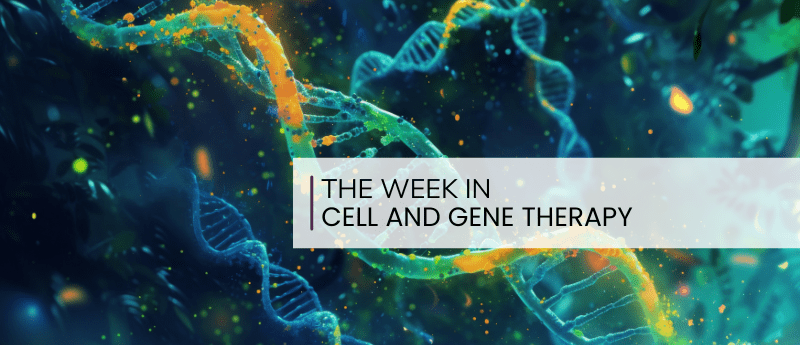Helix and Recursion join forces in quest to crack the AI-driven drug discovery code
The “sequence once, query often” model: Unlocking a lifetime of genetic insights
Helix isn’t focused on building a massive genomic database alone. The company follows a “sequence once, query often” approach to genomic data management. “Your genetics are the one thing about your health that never changes over time,” Kalvaria said. Having that information available upfront can offer a range of advantages whether in routine care or disease diagnostics. “There are many reasons why you might come back to that [genomic] information over time,” Kalvaria added.



Comments
Post a Comment